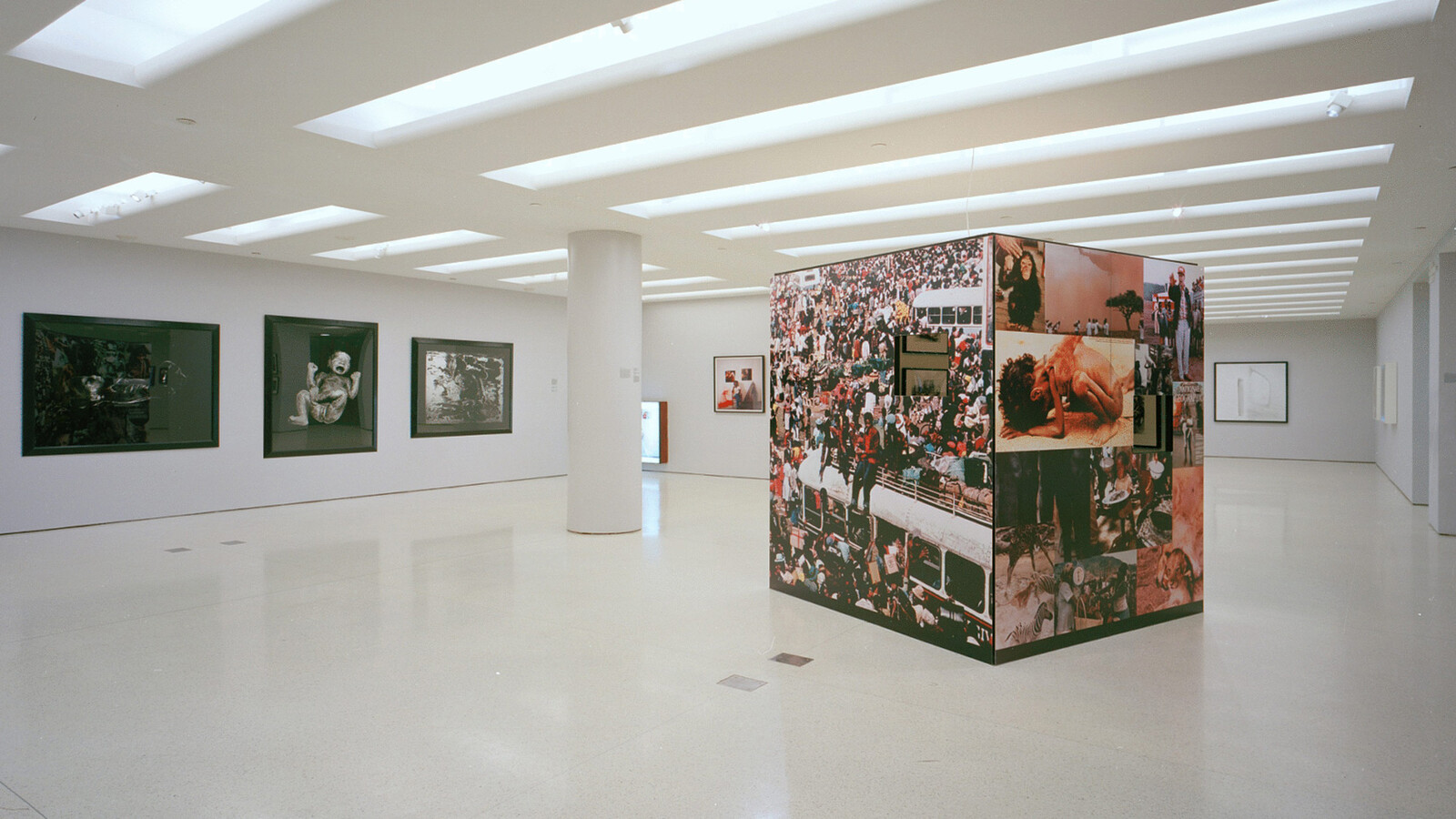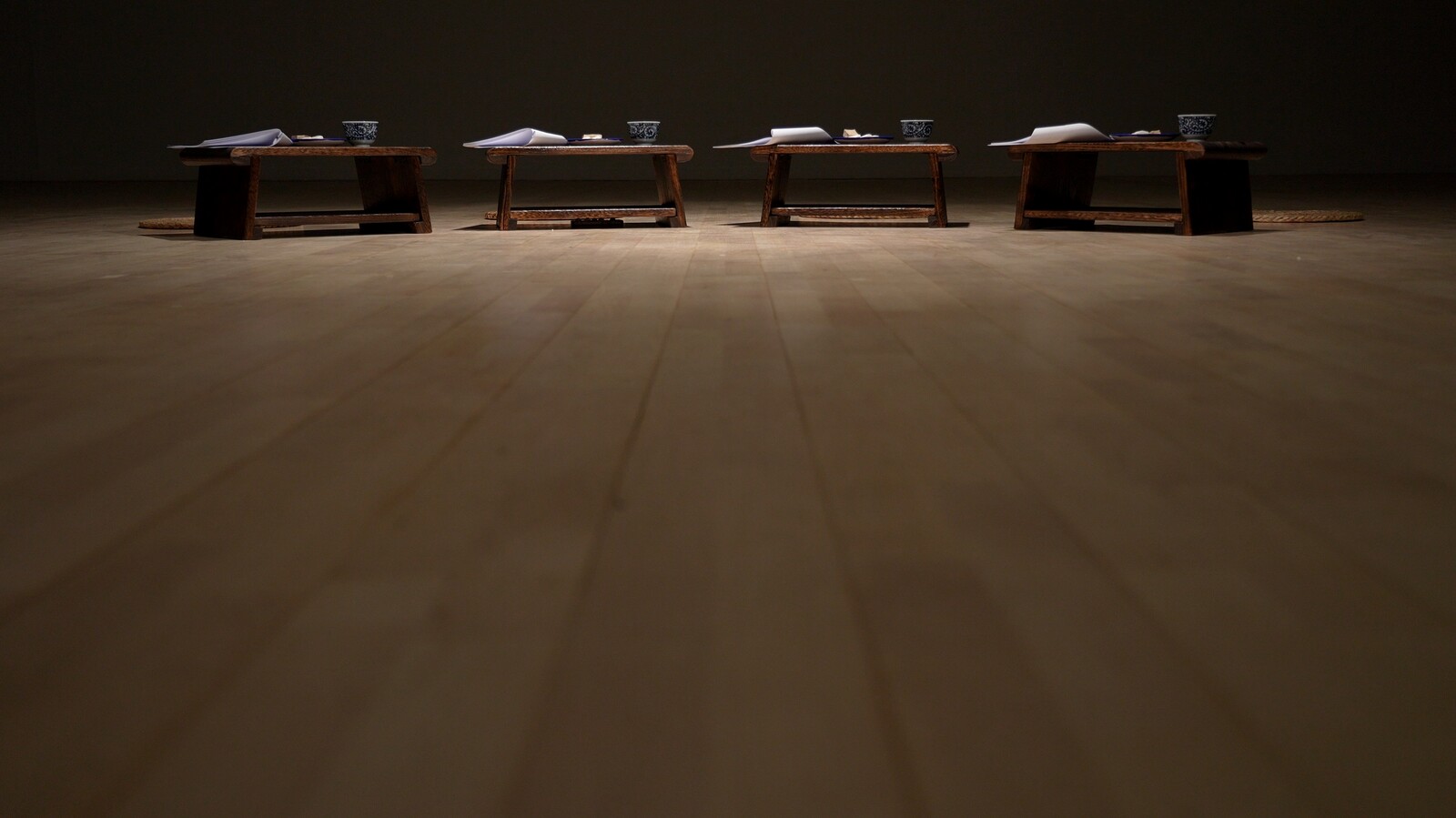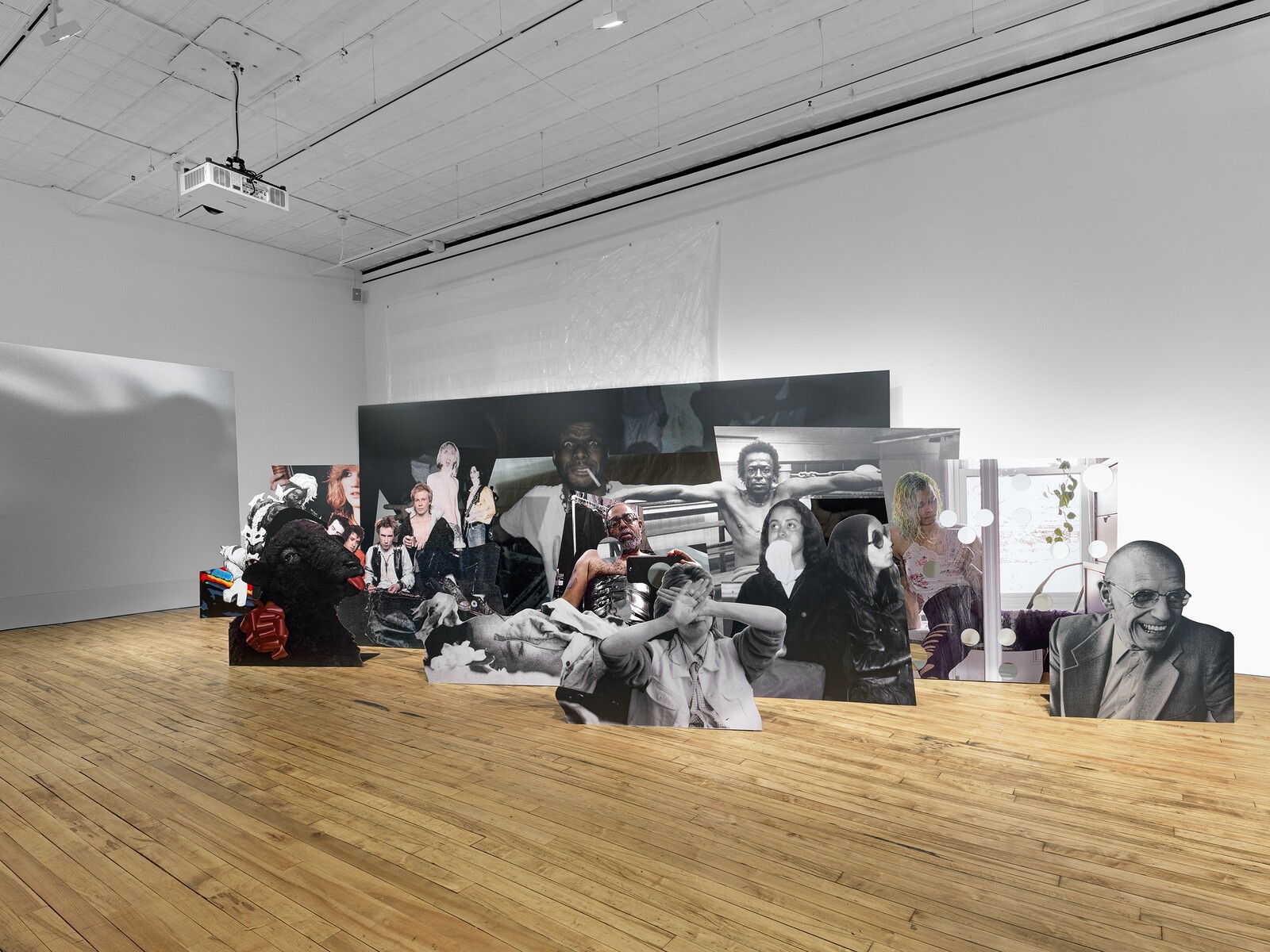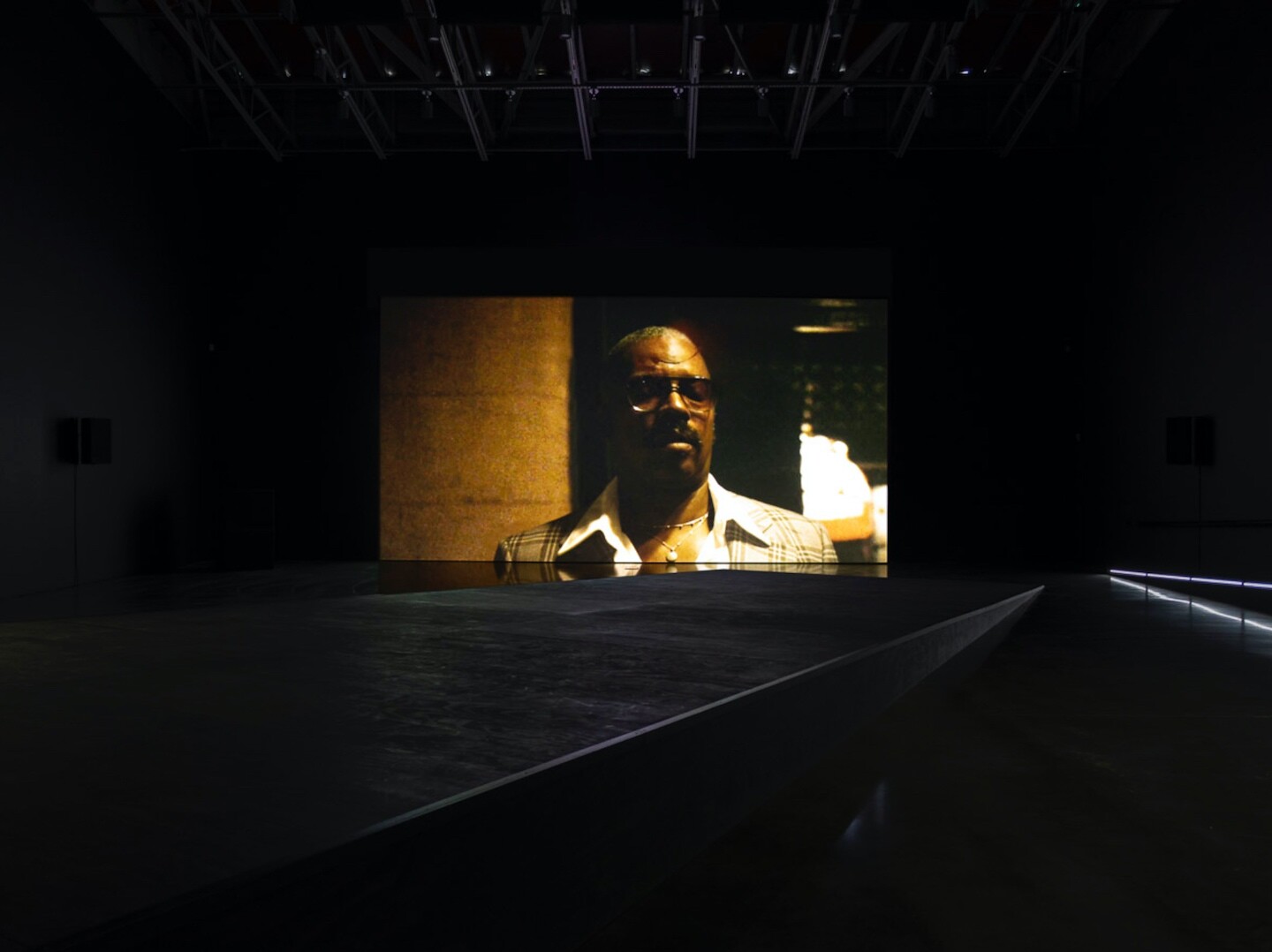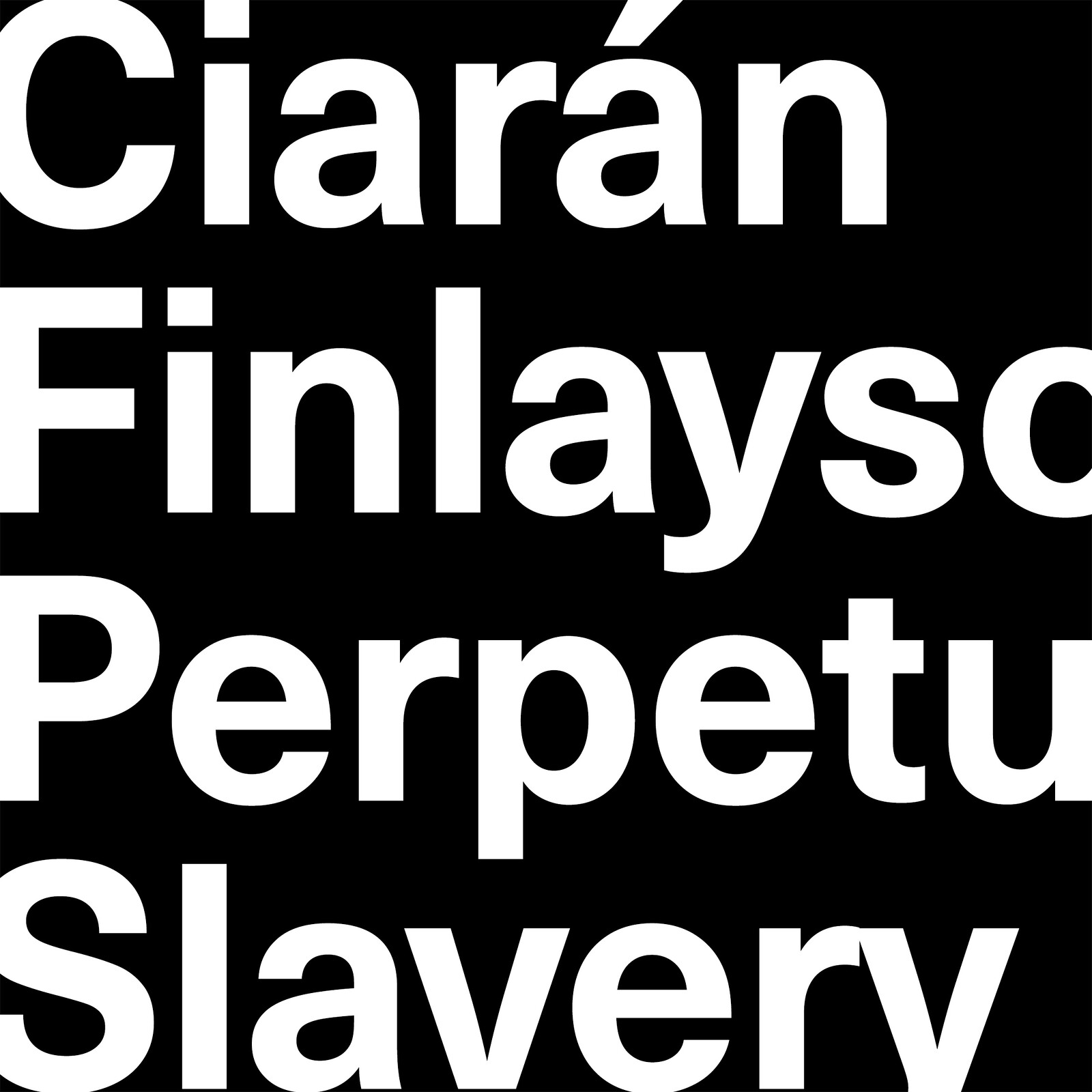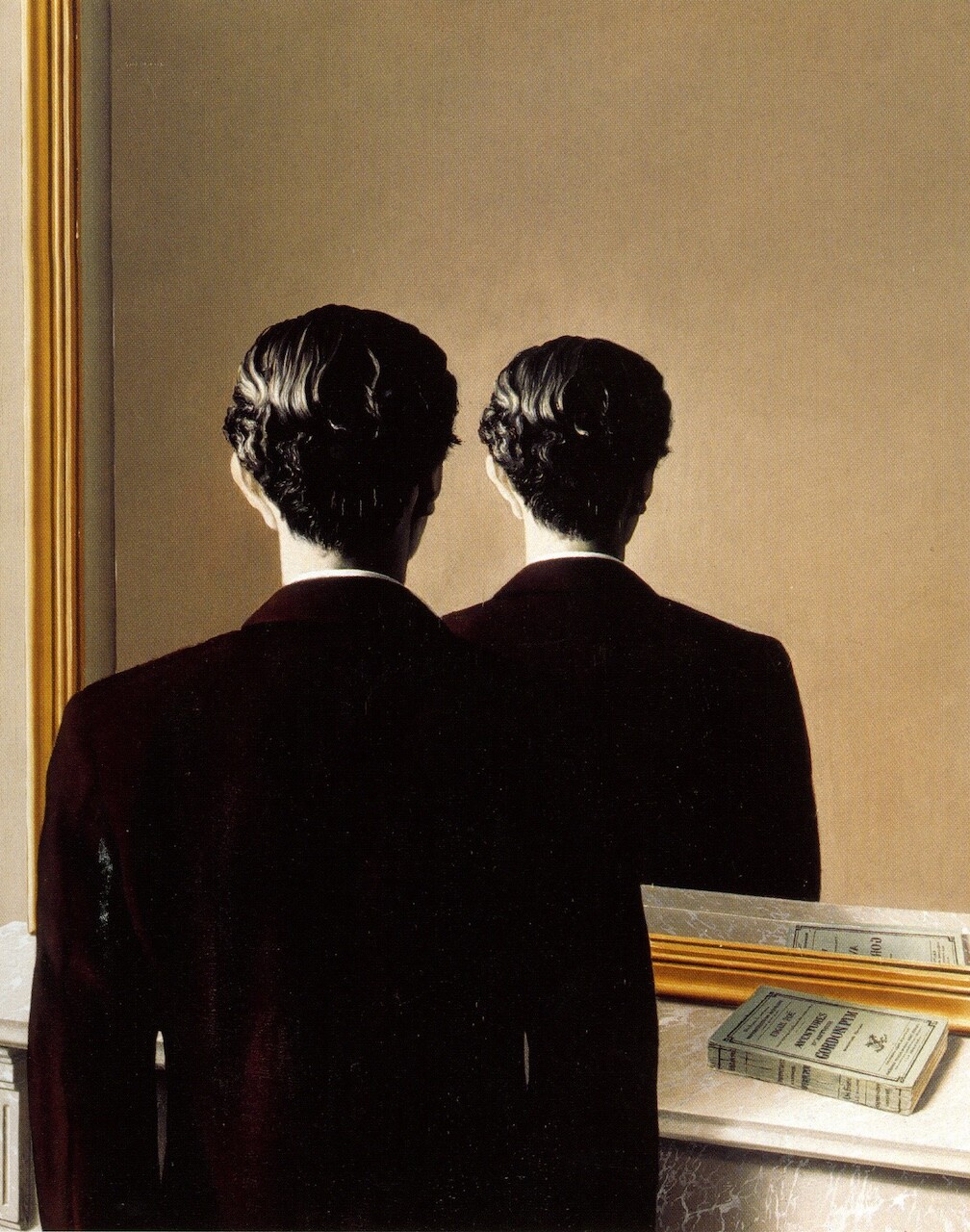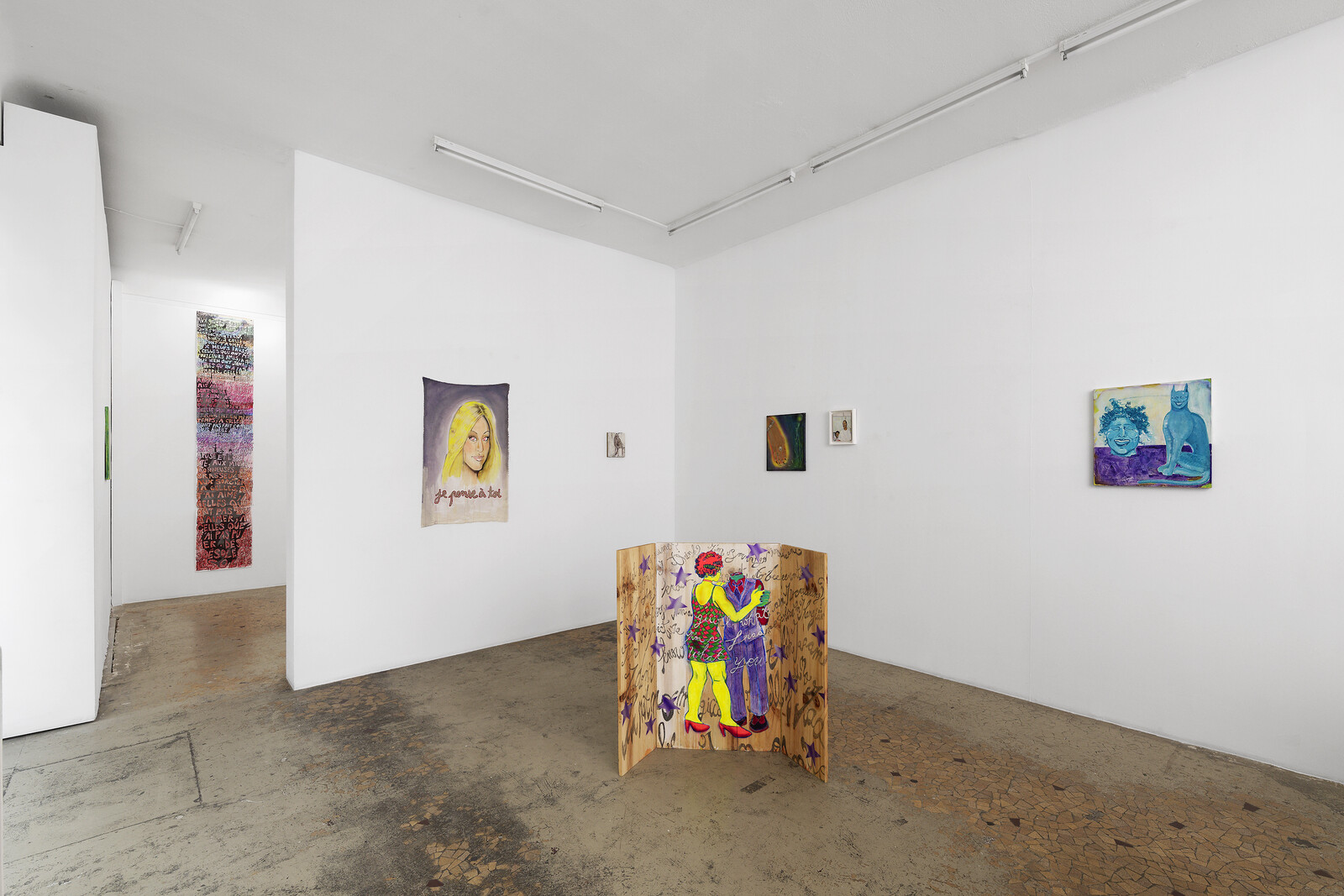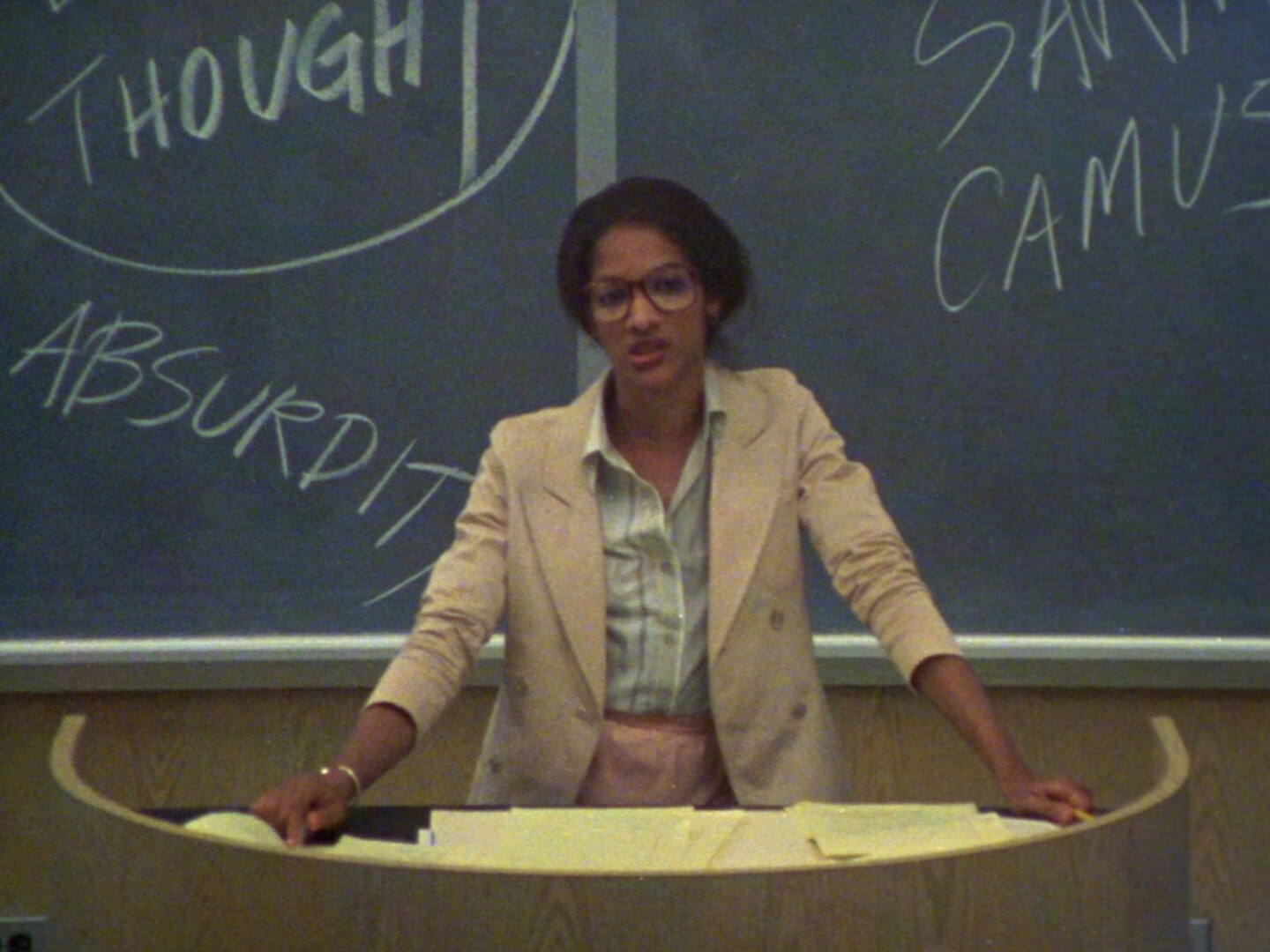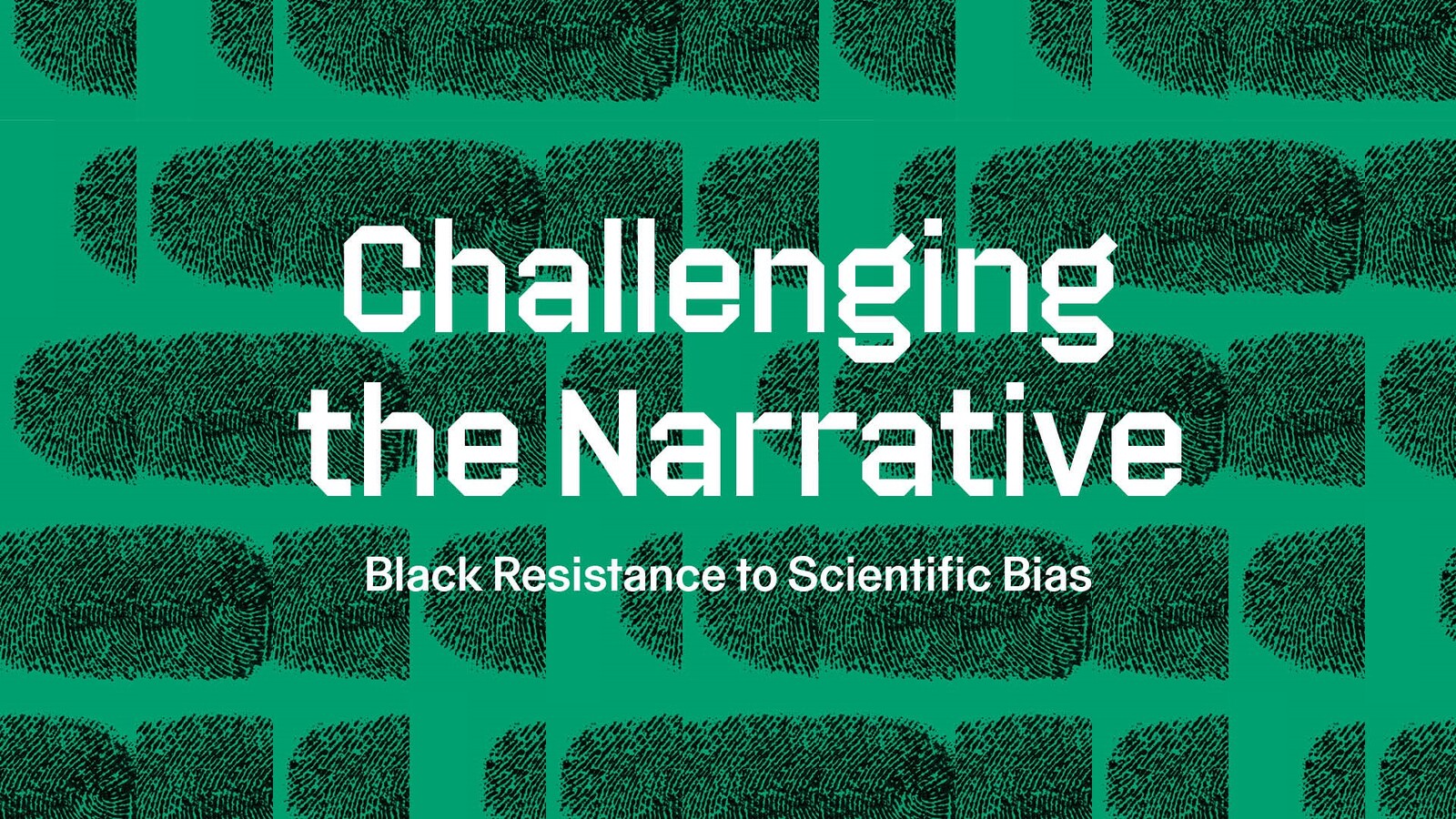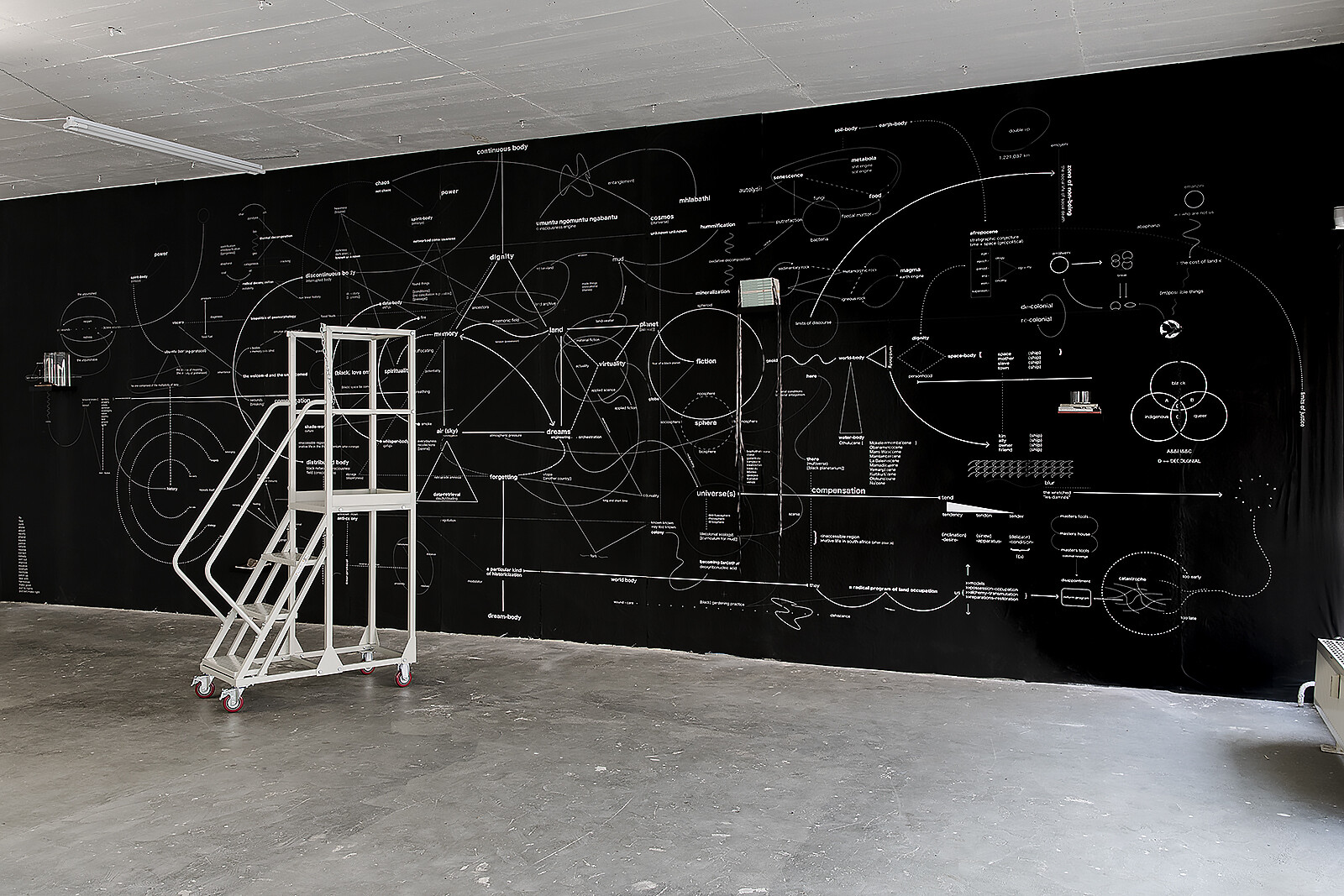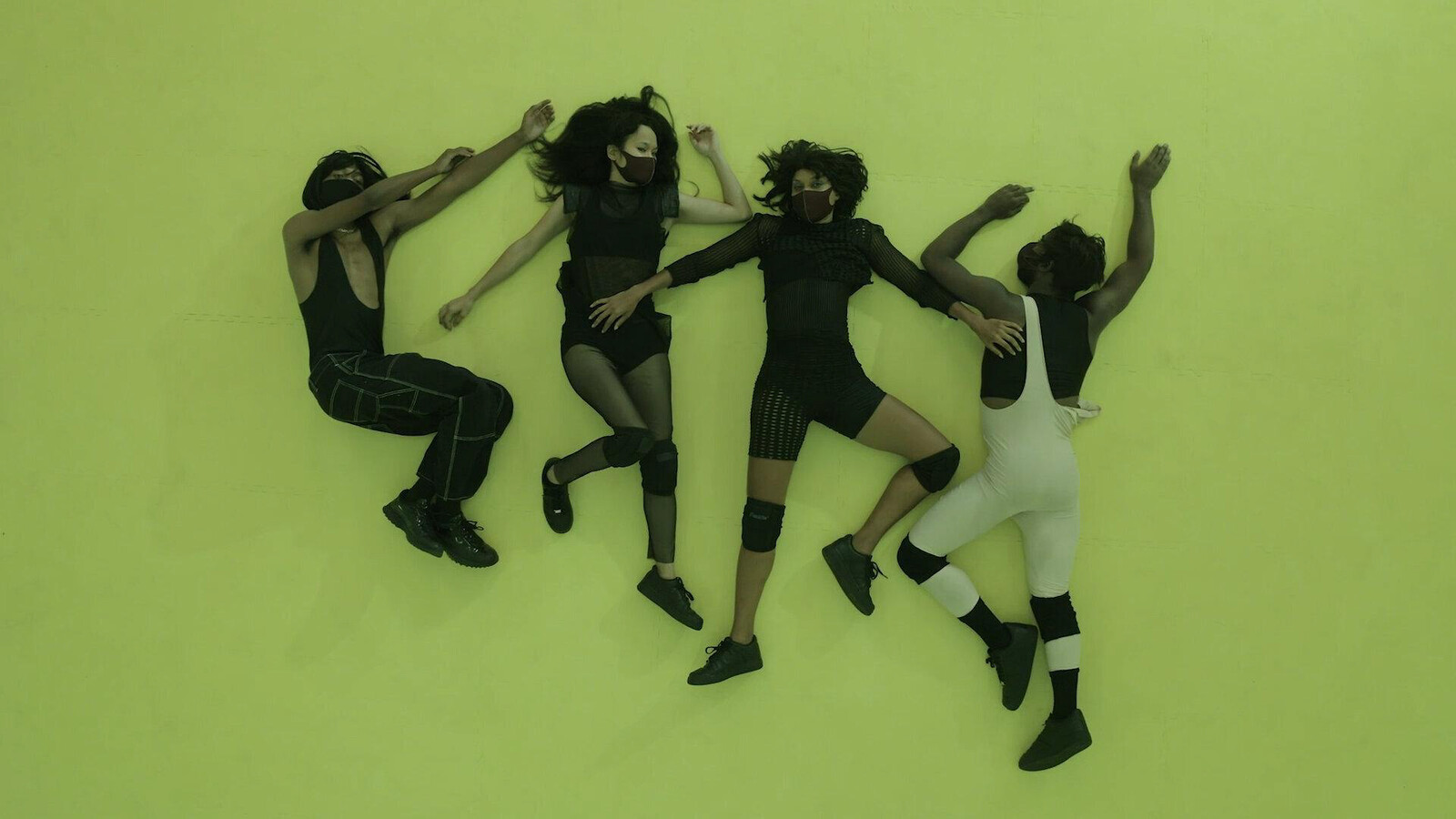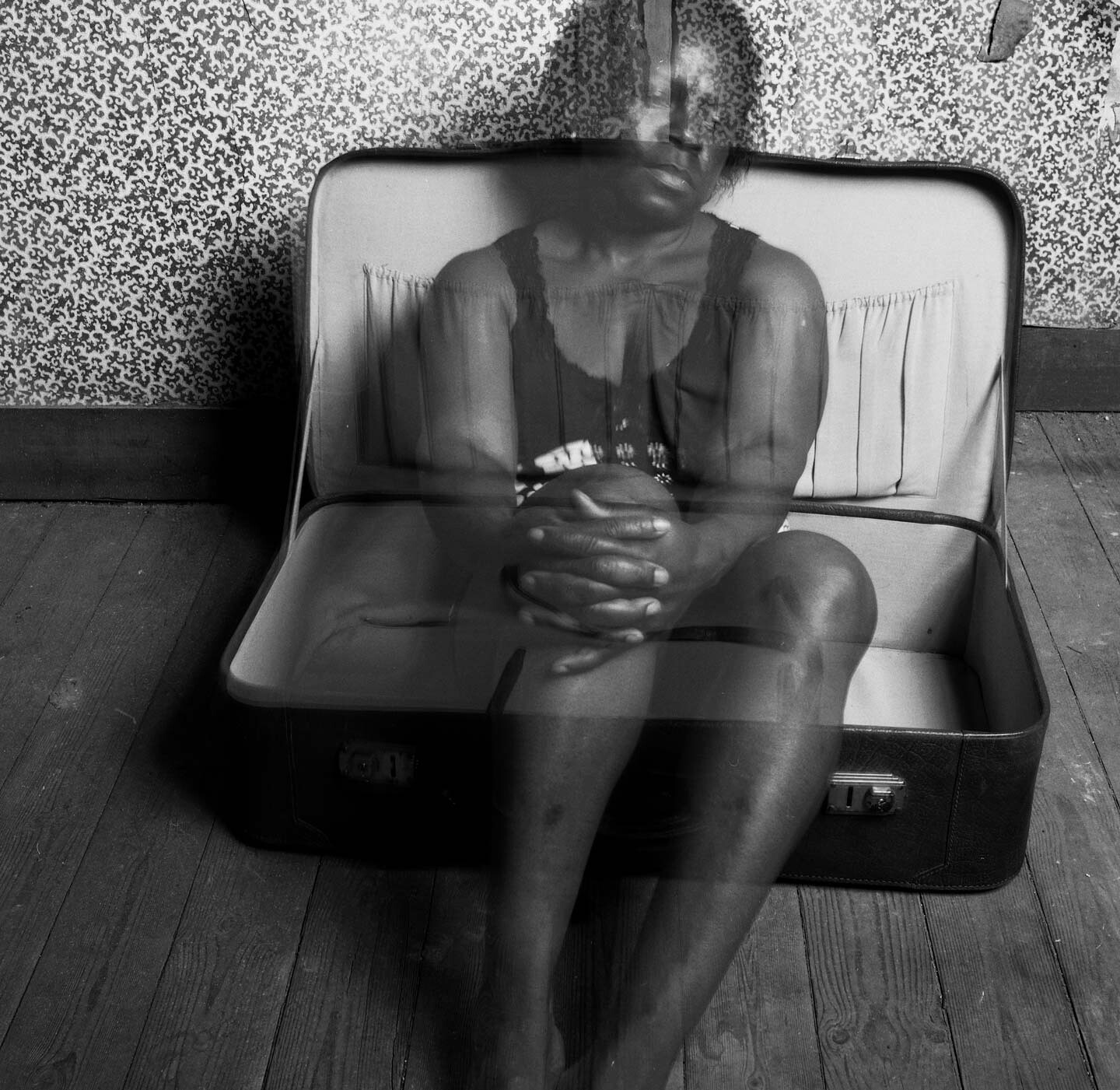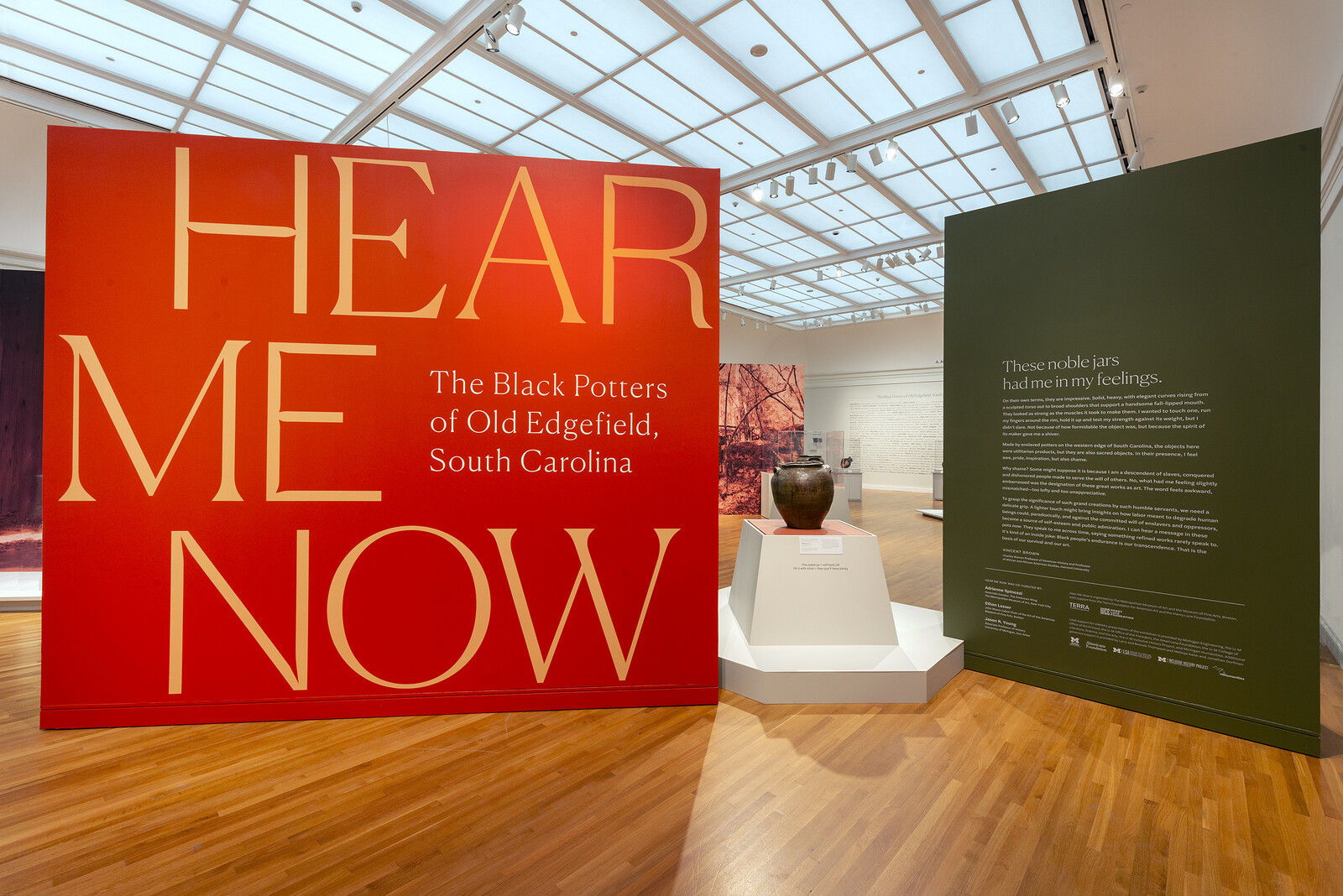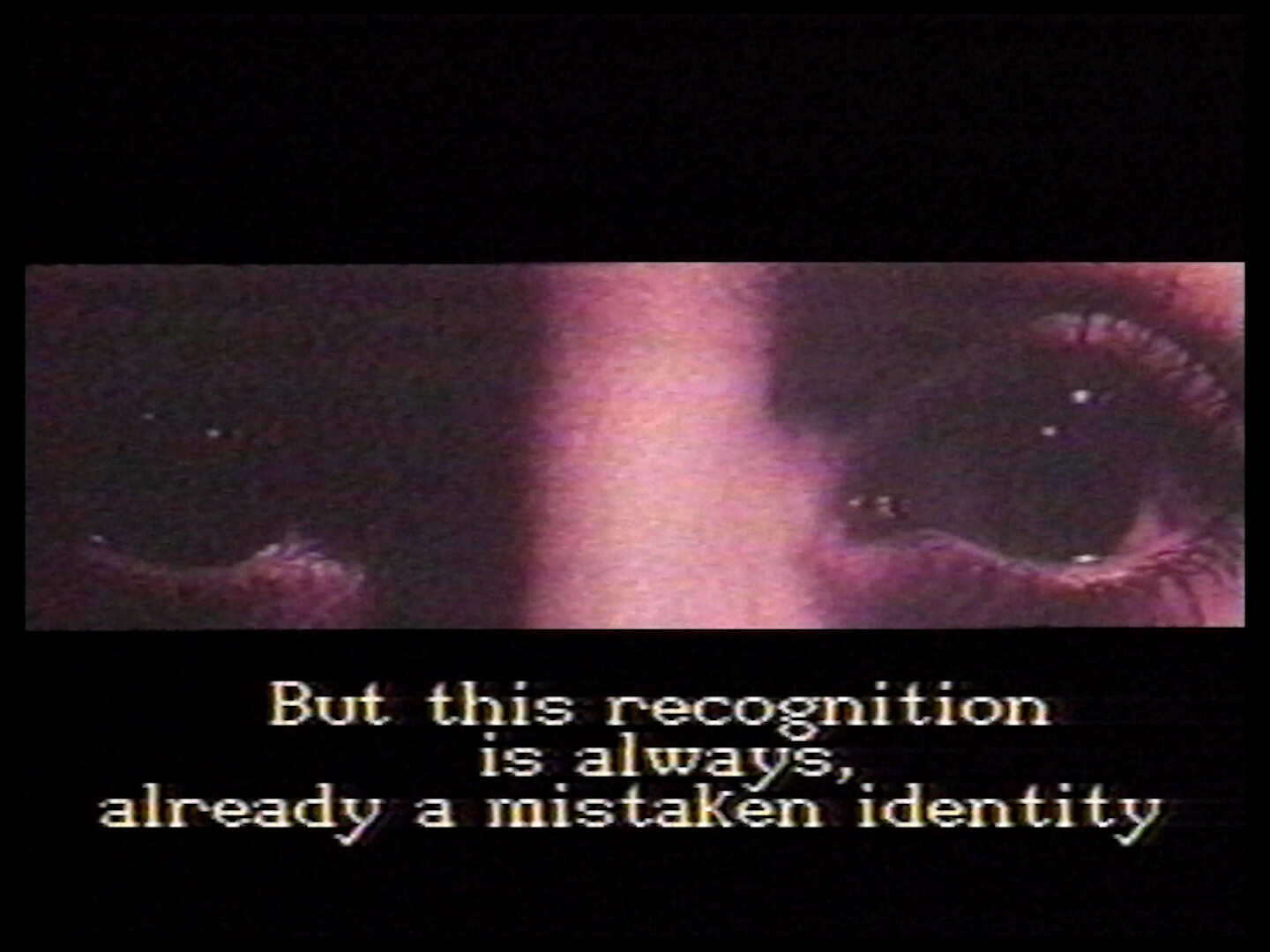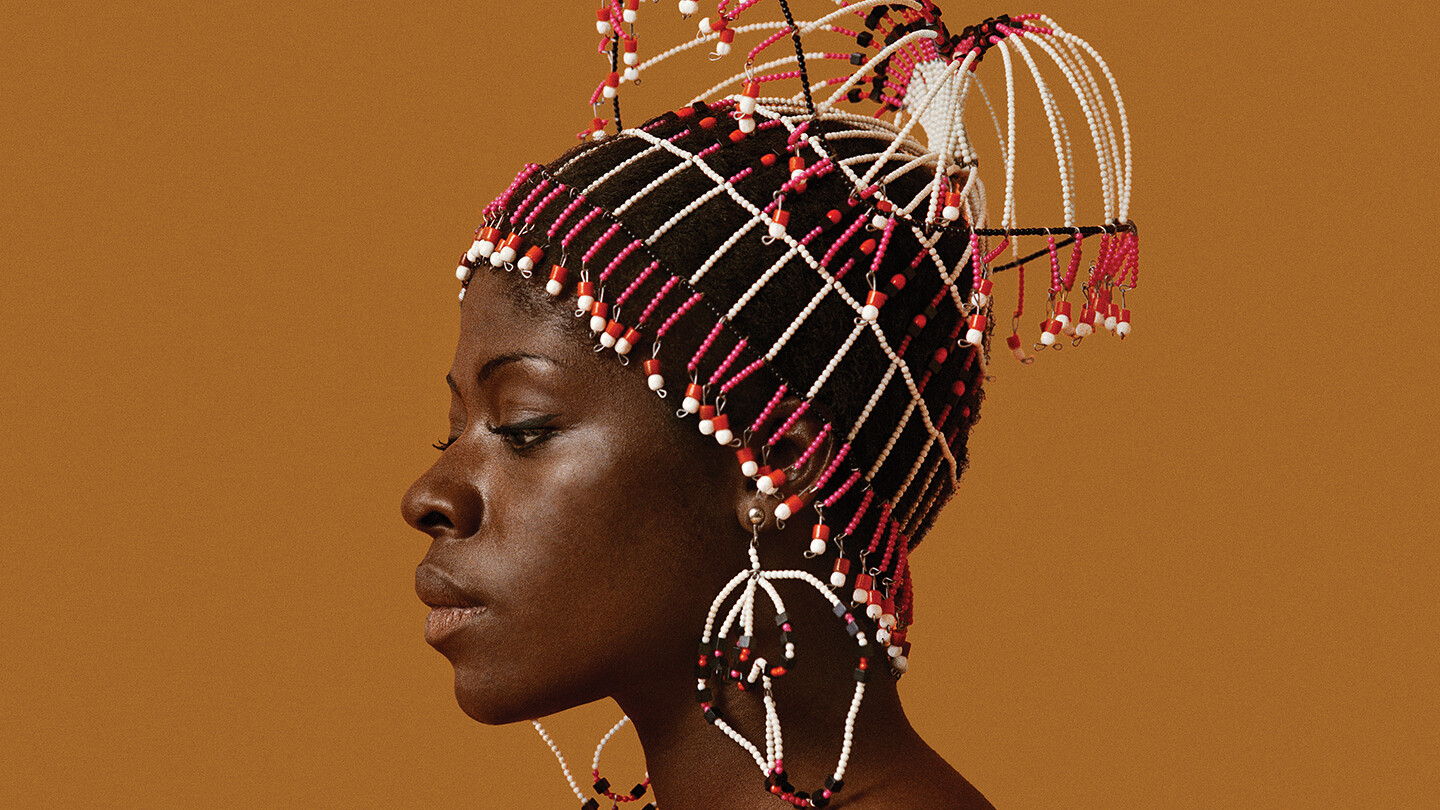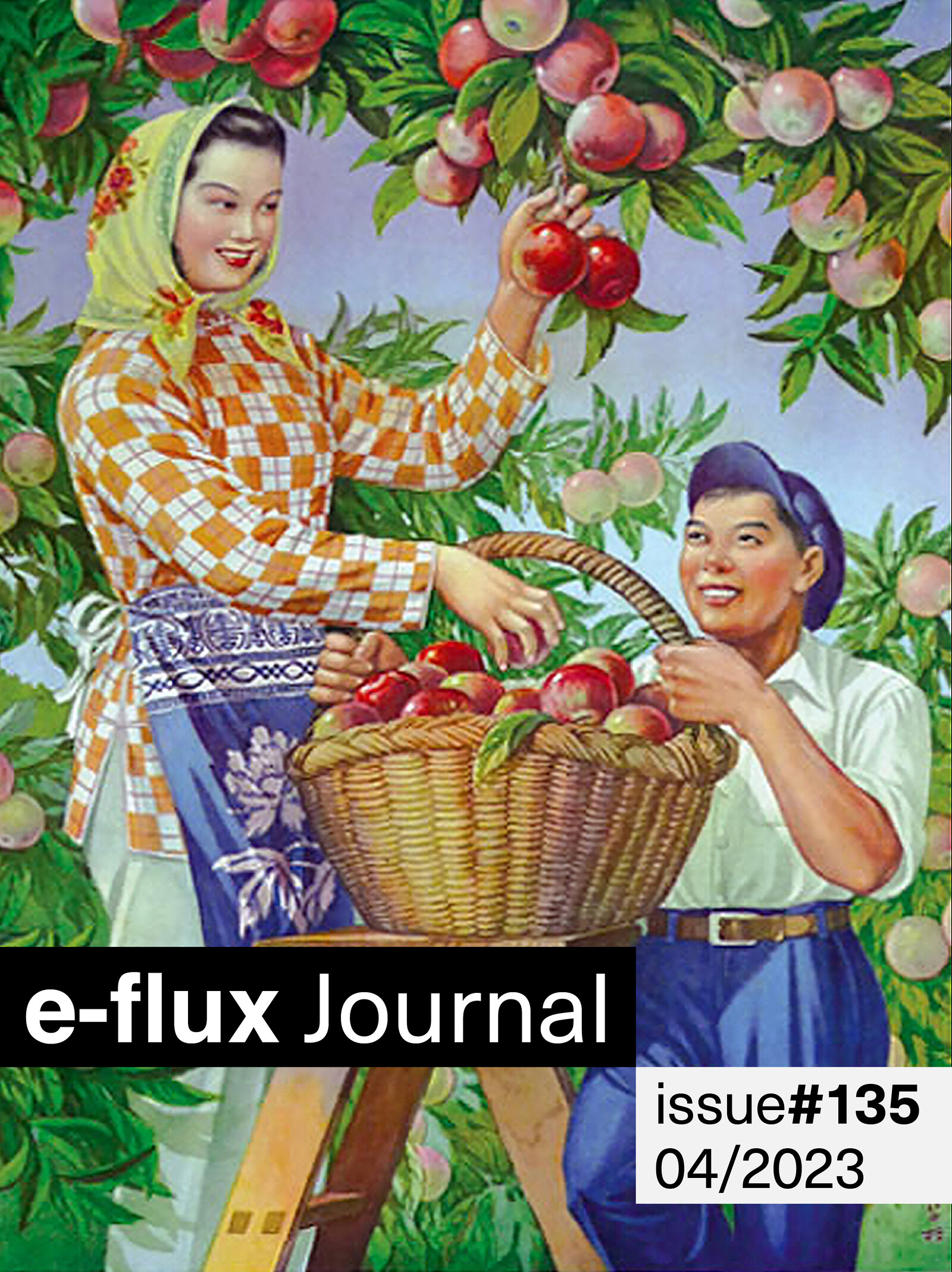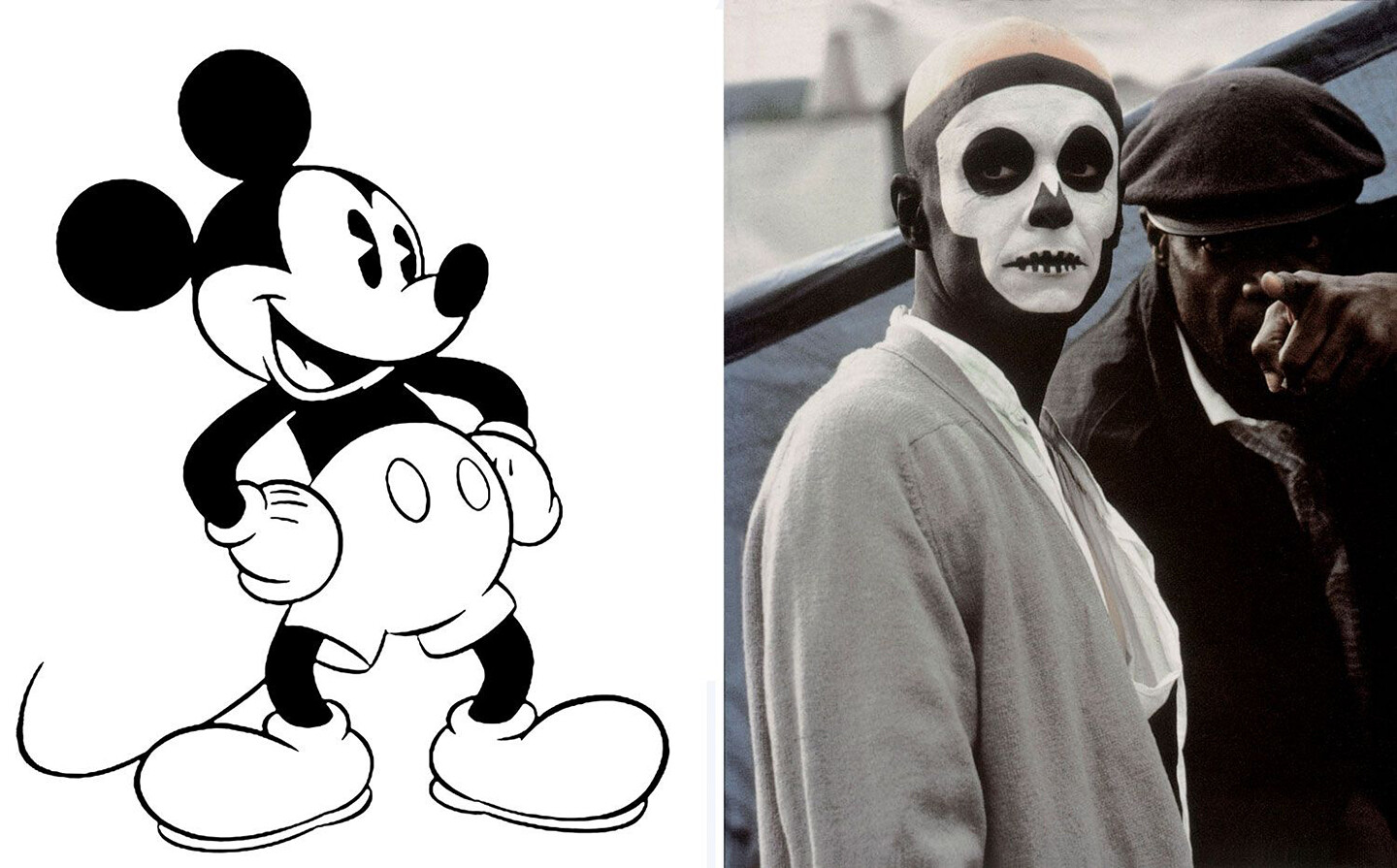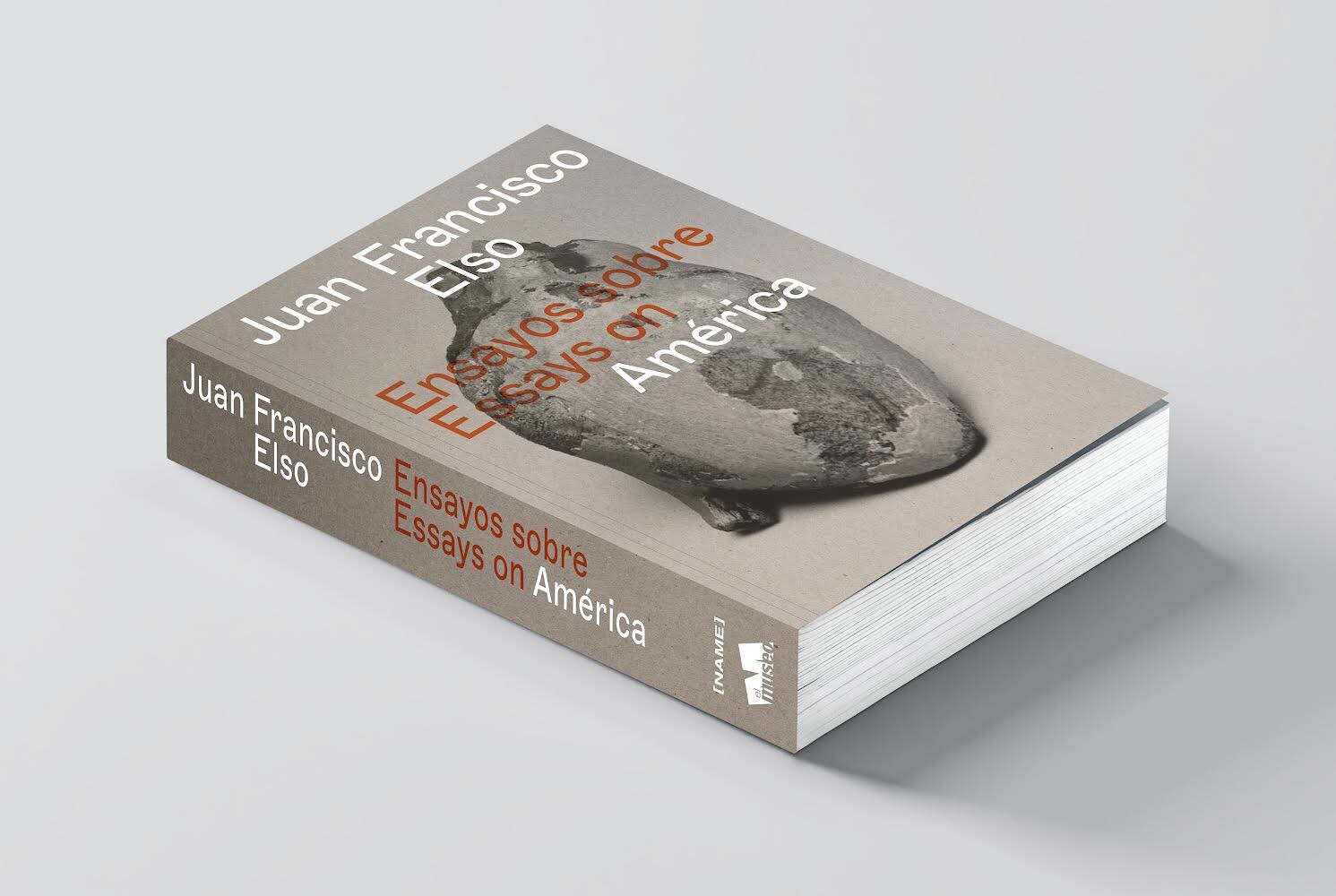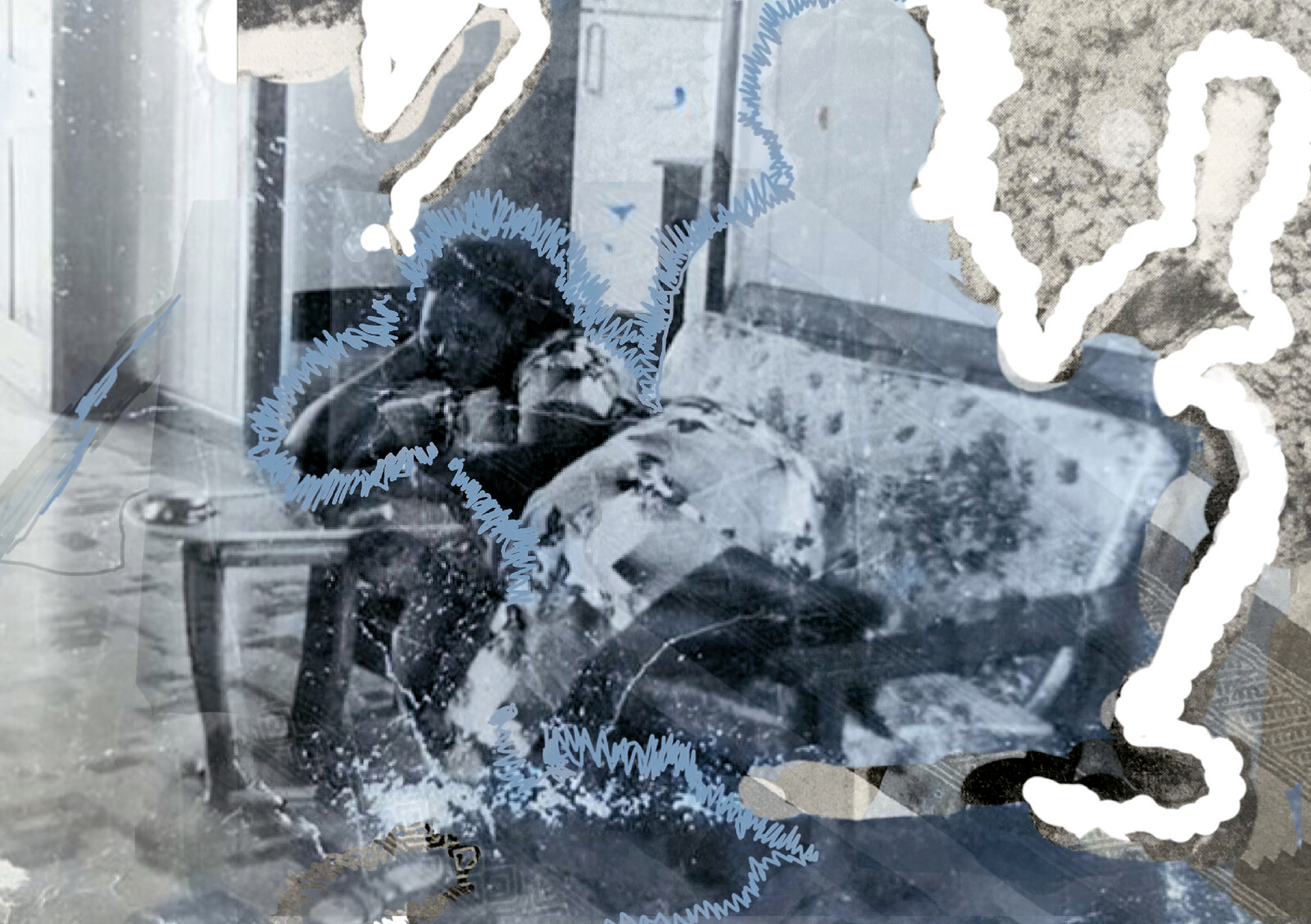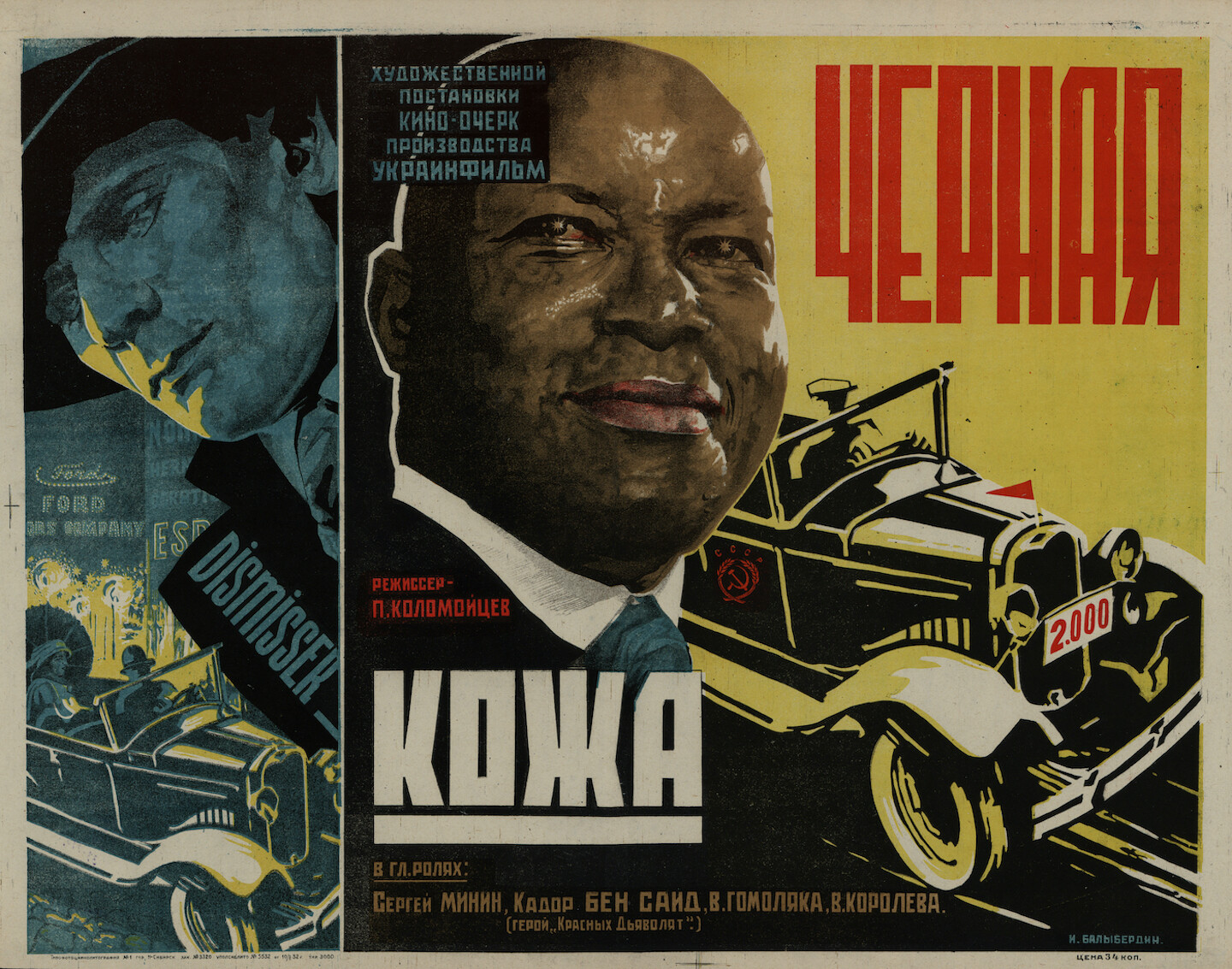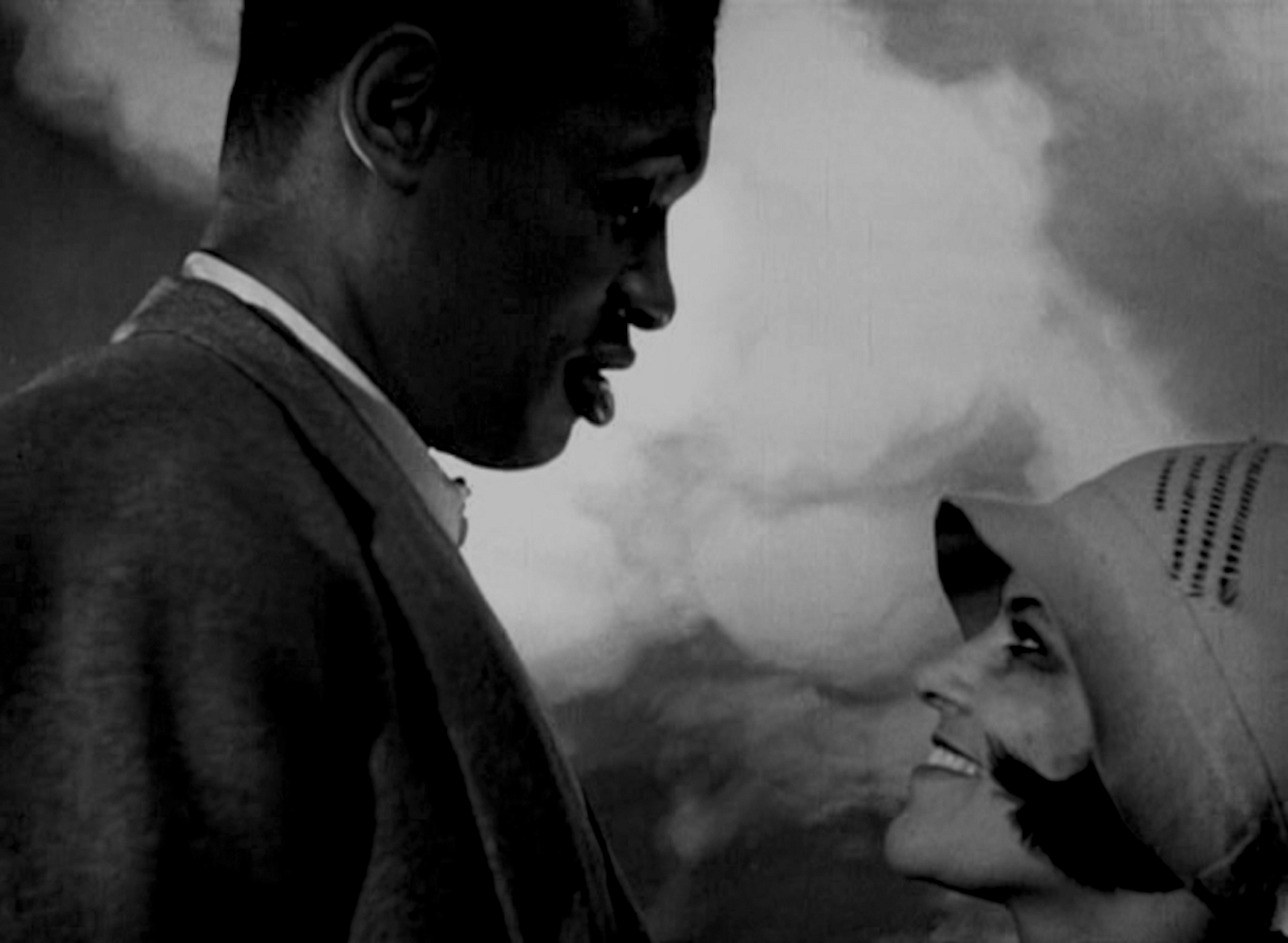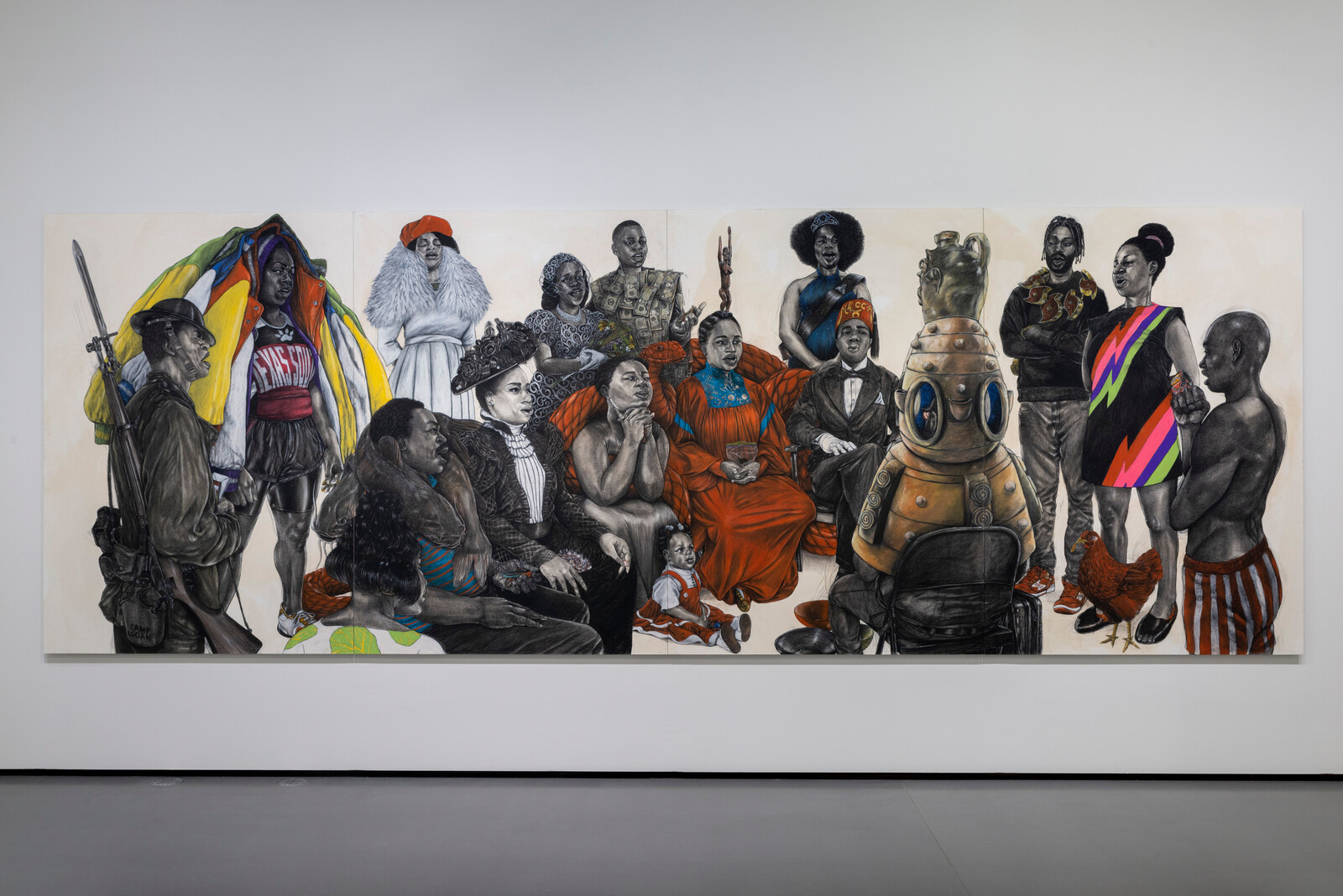It seems unlikely that the racism (the unfair judgment of the work and experience of African curators) will go away. The trenchant pessimistic attitude that Africa will never develop its own museums is evidence of that. Prior to his death, Okwui Enwezor himself was foggy on the issue of whether to shift focus to exhibitions on the African continent, preferring to curate and write for institutions in Euro-America. Perhaps even he had difficulty avoiding how the evolutionary logic of racist pseudoscience has passed down a belief that some art is more developed than others—a legacy we still have to actively confront.
Human-made machines not only want their freedom from their makers but also want to deprive their makers of precisely what they want from them: freedom. The human voices in “Push the Button” are just about to be erased by machines that are in their homes, in their bedrooms, over their beds, hovering, opening, preparing to vacuum up their living souls. At this late point, the only thing that can stop this rebellion is pushing the button. (“I can’t program my machine / Now it wants to take my soul / Stop or it will proceed.”) The hope, it seems, is that the nukes (machines) will bomb us back to the land before time—or, more precisely, the gates of paradise. Here, where the curse began, we start all over again. This is the source of the track’s theological theme. Nature in “Push the Button” is God.
The unwieldy, internally variegated, and contested traditions that one might nevertheless nominate as black critical theory and black artistic practice, respectively, have had difficult relationships with various traditions of scholarly and aesthetic formalism (though these are, of course, hardly discrete designations). To begin with, the intellectual and artistic forms associated with blackness have typically been regarded by established traditions of formalism with, at best, skepticism.
The cumulative process of “mulatto production” constructs various no-man’s-lands within otherwise emancipatory cinema, film, and visual culture, from which certain kinds of Black female subjectivity must remain absent. While Fanon waits for himself in the cinema, at first blush Fanon’s “woman of color” has nowhere to look for her own image. Losing Ground is radical in how it breaks with this model.
This text might be framed as an offering, an attempt at releasing latent animist lines of possibility for what late twentieth-century works like Bronze Head might do for us in our current climate of rising anti-queer sentiment, on the African continent and elsewhere.
Intensity cannot be destroyed. What exceeds the shape things take cannot properly be located. blackness cannot be captured because blackness is not. It moves. Parastratum, it multiplies all ecologies it comes into contact with.
H.D.’s HERmione and Kenneth Macpherson’s Borderline
